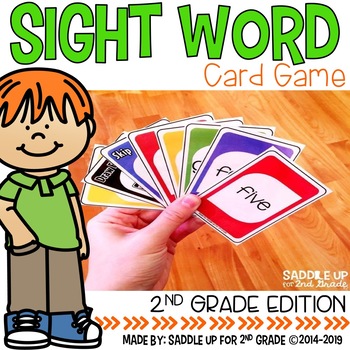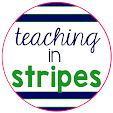One of my favorite units to teach is Germs. I really love teaching any health unit, but germs is such a relatable unit for our kids. It's perfect to teach at any time of the year, but especially during cold and flu season.
I use a lot of
Brain Pop, Jr. videos, picture books, and a few paper resources in my unit. I also have a couple of hands-on, fun activities to add in when we have some extra time.
My favorite
germ books are:
A Germ's Journey by Thom Rooke, MD
Sick Simon by Dan Kroll
Do Not Lick This Book by Idan Ben-Barak
Blow Your Nose, Big Bad Wolf by Steve Smallman
Germs Make Me Sick! by Melvin Berger
The Bacteria Book by Steve Mould
Achoo! The Most Interesting Book You'll Ever Read About Germs by Trudee Romanek
There are a lot of really good ones. I have them all linked on my
Amazon page for you.
One my favorite activities to do is a
germ experiment to model the importance of washing with soap and water. Get out the glitter and lotion for this one.
This is basically what I do:
1- Put lotion and glitter (germs) on everyone's hands.
2- Have them all shake hands, give high fives, share pencils, etc. This shows the spread of germs.
3- Try washing with just water and shaking dry.
4- Wash with soap, water, and dry with a paper towel.
You'll model how to wash hands properly and how easily germs are spread. It's easy, and the kids always really like it.
Another one of my favorite activities is to make
germ models out of Play Doh or modeling clay. I have them pull up pictures of germs on the iPads, and then choose one to model their germ after. You can even have the kids do a little bit of writing about that particular germ. Is it a bacteria? Is it a virus? What symptoms does it cause? Add a little bit of whimsy by adding some googly eyes.
Another crafty idea is to make
blow painted germs and then have the students write facts about germs or specifically bacteria/viruses. Blow painting is so fun, and most of the students will have never done this before.
Here's a video to model it.
You'll need: tempera paint, water, straws (1 per student), cups, and white construction paper (1 per student).
1- Add tempera paint to a cup, and mix in about 2 tablespoons of water. I'm not exact about this. The consistency needs to be thin enough to pick up and blow but not so thin that it's a watery mess.
2- Students will each get a straw, and they'll use the straw like a medicine dropper to pick up the paint. If you have medicine droppers, use those. They'll be easier. I just don't have any of those.
3- Gently blow the paint onto the paper.
4- Add a few different colors, and blow until you like the shape.
5- Once the germs are dry, draw on a little mouth with a Sharpie and add googly eyes.
You can download the
writing paper here.
Throughout my unit, my students work in their
germs flip books. We don't do the entire thing at once. We do a page or two at a time, as they coordinate with the day's lesson. I love using a flip book, because it's pretty printer friendly and the kids find them engaging. At the end of the unit, they have something to show their work and study from. You can find my
germs flip book here.
I also created a set of
simple worksheets that coordinate with the lessons and the flip book. I typically make them into a packet, and we work on them with different lessons. The puzzles are nice for early finishers. The
worksheets are found here.
I always feel like when teaching about germs, it's important to teach about healthy habits and leading a healthy life style- Nutrition, sleep, mindfulness, etc.
 |
| Please Don't Pick Your Nose Poem |
Here's a list of all of the
resources that I use for my germs unit. Some are in my Google Drive, and some are on TPT.
Germs Flip Book
Germs Worksheets
Please Don't Pick Your Nose poem
Bacteria and Virus writing papers
Balanced Your Lunch Tray Game
Hand Washing Posters and Song
Pin me to save for later!






























































